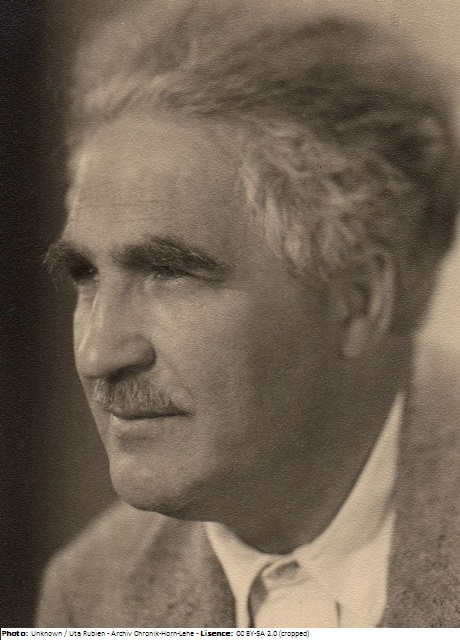Ernst Gorsemann

Biographical information
| Roles | Competed in Olympic Games |
|---|---|
| Sex | Male |
| Full name | Ernst Moritz•Gorsemann |
| Used name | Ernst•Gorsemann |
| Born | 15 February 1886 in Bremen, Bremen (GER) |
| Died | 19 July 1960 (aged 74 years 5 months 4 days) in Bremen, Bremen (GER) |
| NOC |  Germany Germany |
Biography
Medalist and sculptor Ernst Gorsemann came from a poor family and was initially a bricklayer and subsequently a construction technician. Due to his drawing talent, he received a scholarship, and was trained as a sculptor in Kassel and in Berlin. After World War I he settled in Berlin Dahlem. Gorsemann created portrait busts and gravesites. In 1934 he became a professor and director of the Nordic Art School in Bremen. He was involved in some controversy during his life because of his association with National Socialism. In addition to his Olympic participation, Gorsemann also created a medal for the 1930 Olympic Congress as well as lost bronze statues in the area of the Berlin Olympic Stadium.
The medal of the Deutsche Kampfspiele 1926, a national multi-sport event, was submitted in 1928. In the German catalog it is referred to as Medal of the German National Committee for Physical Education 1926. Until 1934, the German National Committee for Physical Education organized the event, 1926 in Cologne (summer) and in the Black Forest (winter). The medal is a two-sided bronze casting of 8.7 cm in diameter and 0.9 cm in thickness. The medal of the summer games shows the Cologne Cathedral on the reverse, the one of the winter games a fir.
Results
| Games | Discipline (Sport) / Event | NOC / Team | Pos | Medal | As | |
|---|---|---|---|---|---|---|
| 1928 Summer Olympics | Art Competitions |  GER GER |
Ernst Gorsemann | |||
| Sculpturing, Medals And Reliefs, Open (Olympic) |